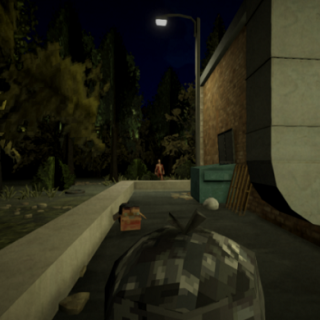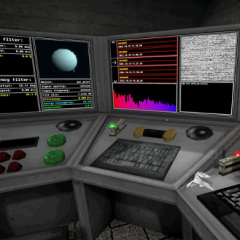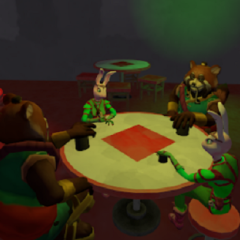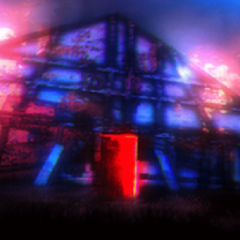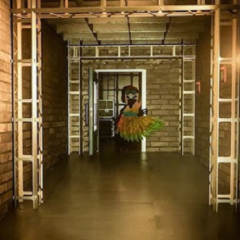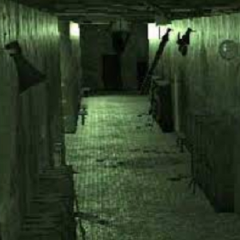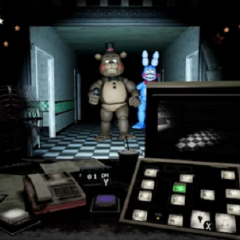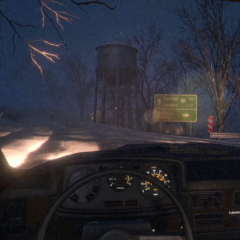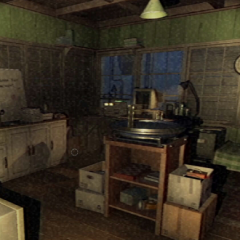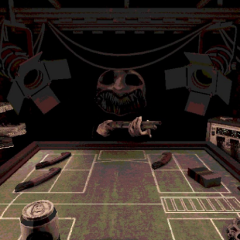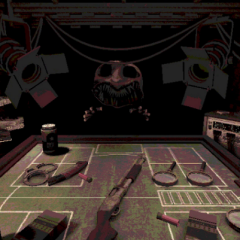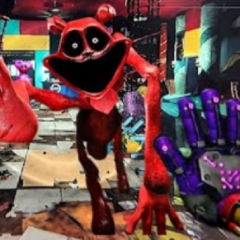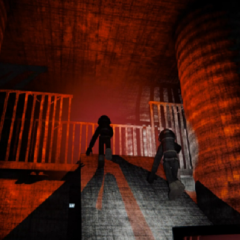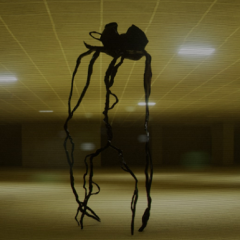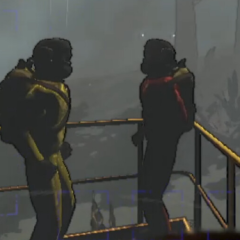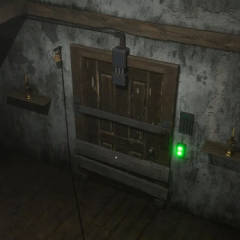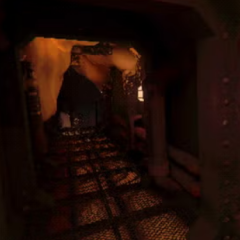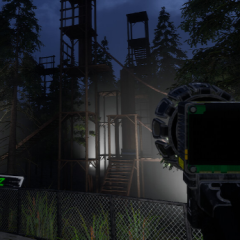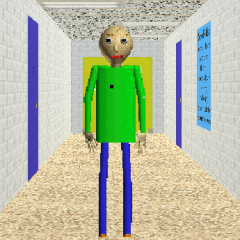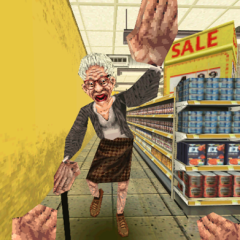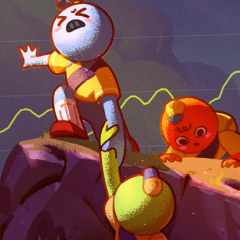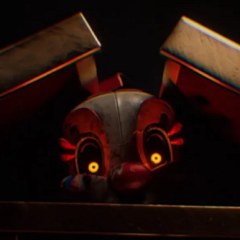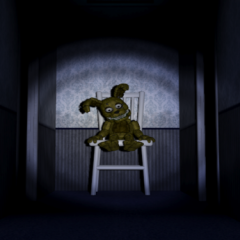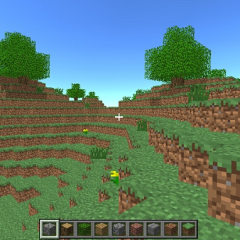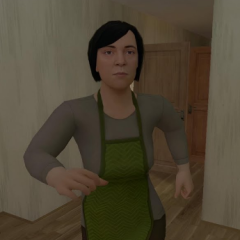Shift at Midnight
Shift At Midnight is a first-person survival experience set during the overnight shift at a remote roadside station. The player assumes the role of a lone attendant assigned to manage the storefront while strange visitors begin to arrive. Though things start quietly, small details hint that not every guest is what they seem. The game slowly builds tension through observation, decision-making, and subtle threats that grow more dangerous with each hour.
Decision Making Under Pressure
Throughout each shift, the player interacts with characters who request entry to the station. Some appear normal, while others show signs that something is wrong. The core mechanic involves asking questions and reviewing ID documents to spot contradictions. Acting too slowly or making a poor decision can allow hostile entities to enter the premises, setting off a dangerous chain of events. The longer the shift goes on, the more unpredictable the encounters become.
Key Gameplay Elements
Gameplay is focused on strategy and timing. Not every challenge can be resolved through dialogue alone—some situations require quick physical responses or teamwork in co-op mode. Players must decide how to react based on incomplete information and changing conditions inside and outside the building.
Notable game systems include:
· Timed questioning with limited dialogue options
· ID and profile verification
· Dynamic threats and intrusions
· Tools for boarding windows and securing rooms
· Support for multiplayer cooperation
A Reactive Environment
The station itself becomes an active part of the experience. Power outages, broken security systems, and flickering lights can interfere with your ability to respond. Players must judge people correctly and manage the safety of the space. Each interaction can lead to multiple outcomes depending on what clues are spotted and how quickly action is taken. Solo players face a tough challenge, while cooperative play adds new layers of strategy.
A Game That Evolves
Shift At Midnight is designed for replay, with encounters that shift slightly in every session. The behavior of visitors is randomized, and different scenarios unlock as you progress. This structure encourages learning through failure and rewards players who pay close attention. Whether approached as a solo horror game or a cooperative deduction challenge, it offers a tense, evolving experience built on logic, intuition, and atmosphere.
